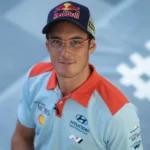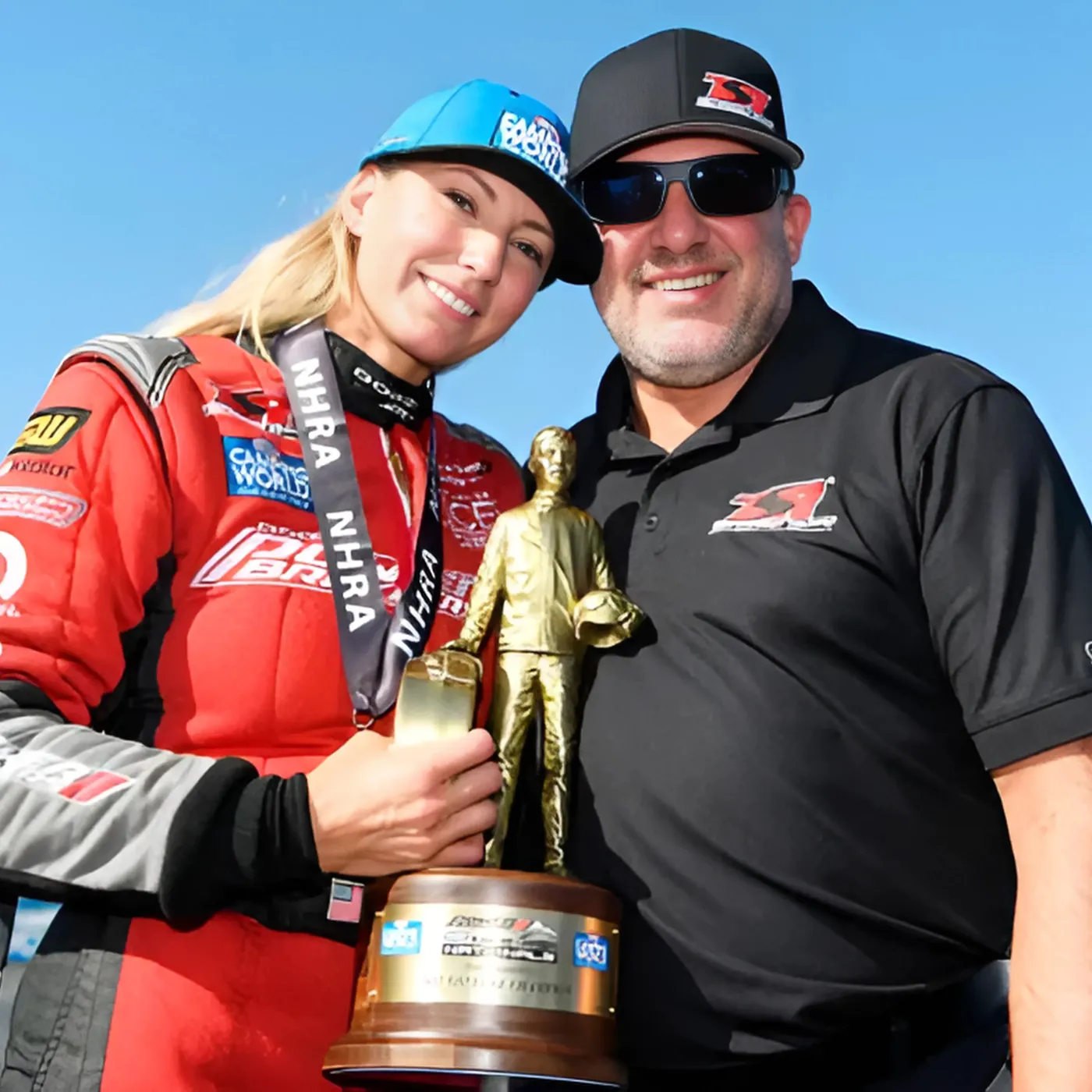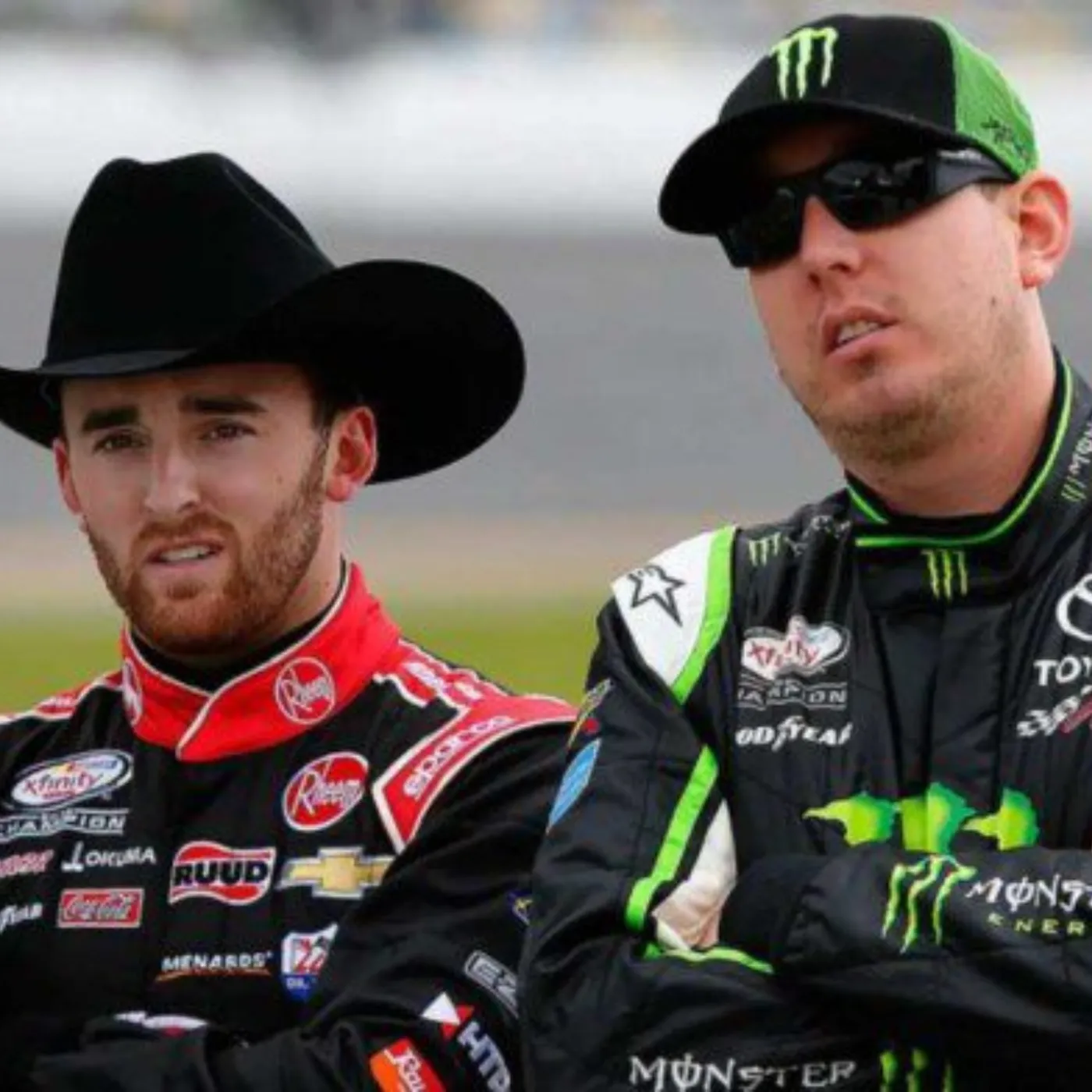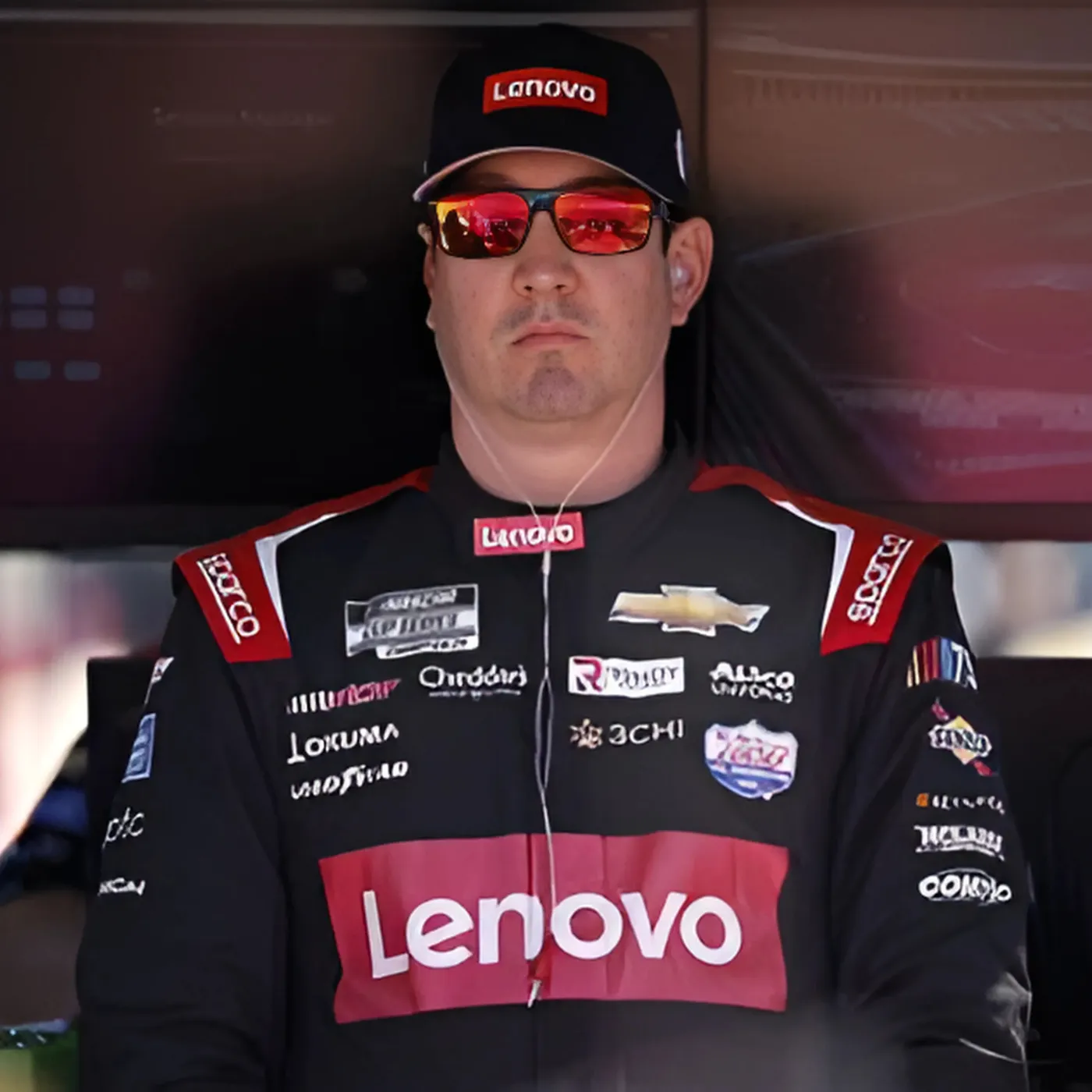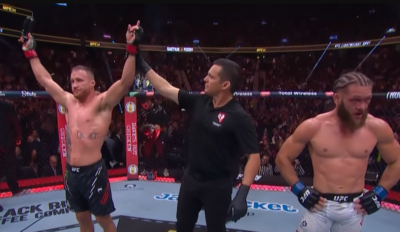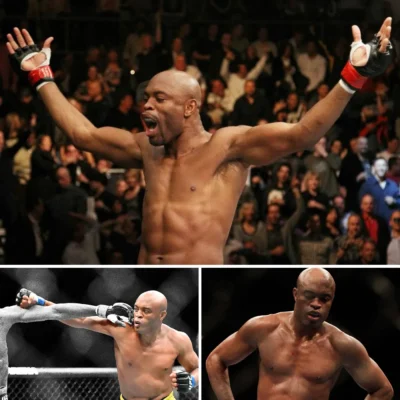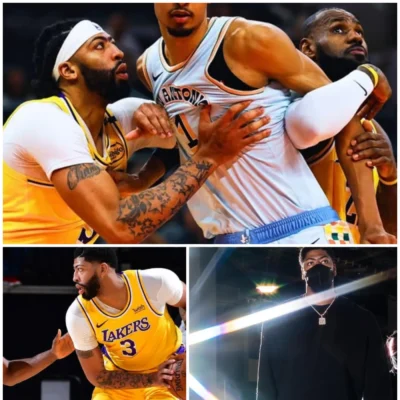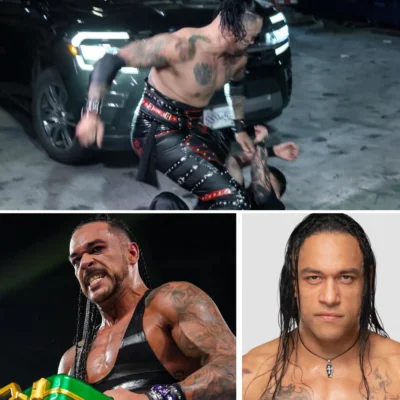
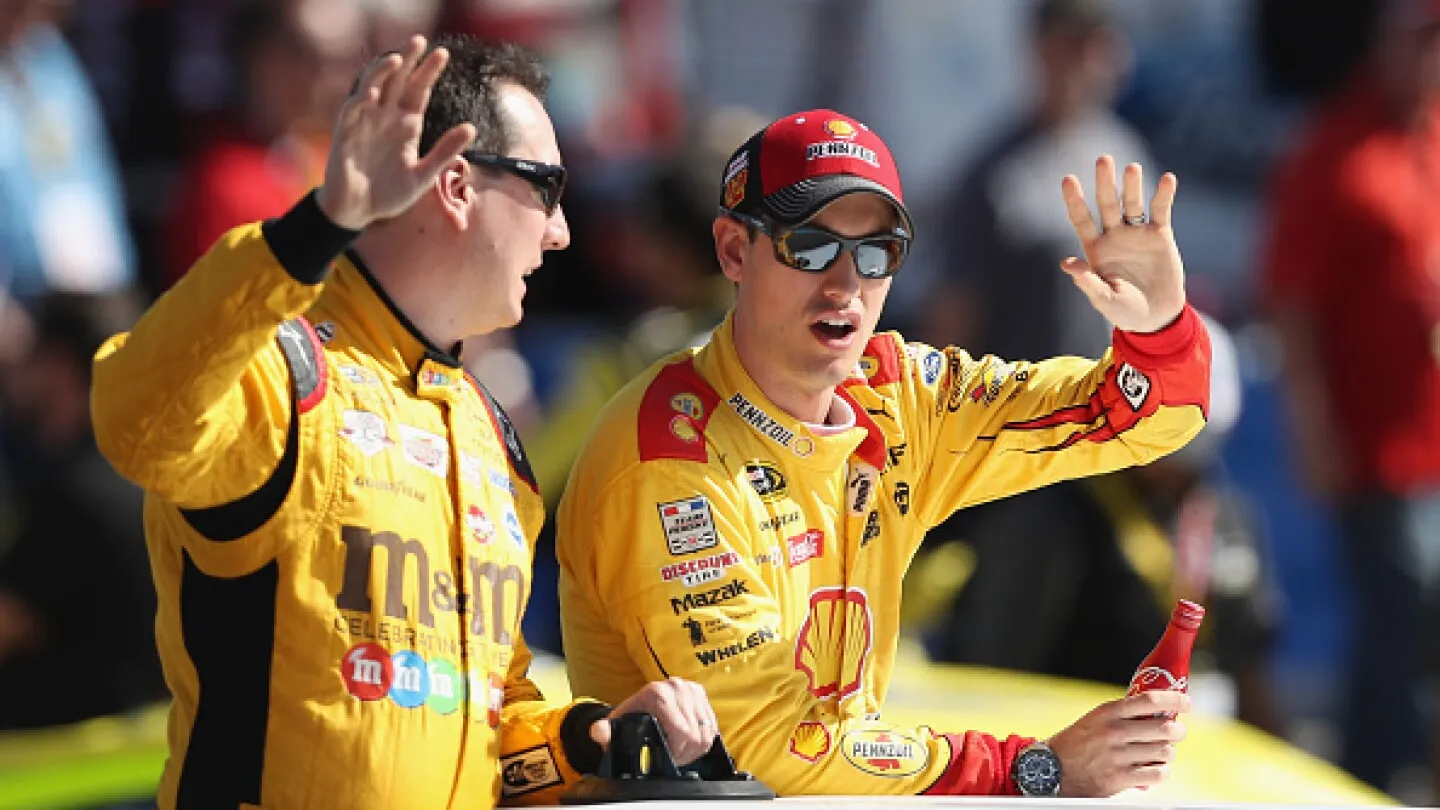
Kyle Busch criticizes Joey Logano and NASCAR after the Daytona 500 crash makes the competition end early
The Daytona 500, one of NASCAR’s most iconic races, never fails to deliver its fair share of thrills, unexpected turns, and controversies. In the 2025 edition, fans witnessed intense competition, aggressive maneuvers, and ultimately, a heated aftermath following a major multi-car collision that altered the course of the race. Among the drivers caught in this chaos was Kyle Busch, who didn’t hold back in expressing his frustration, particularly toward Joey Logano and NASCAR’s handling of the situation. This article takes a closer look at the incident, Busch’s pointed criticisms, and the broader implications for NASCAR’s rules and future racing strategies.
The Crash That Changed the Race
The collision that drew widespread attention and sparked Busch’s ire occurred early in Stage 2 of the Daytona 500. As drivers jostled for position on the high-speed Daytona International Speedway, Joey Logano made an aggressive move, attempting to push through the middle of a crowded pack. The maneuver led to contact with Ricky Stenhouse Jr., which in turn triggered a chain reaction that ensnared multiple vehicles, including Kyle Busch’s No. 8 Chevrolet.
The result was a dramatic multi-car pileup that left Busch, a two-time NASCAR Cup Series champion, furious. His car sustained damage but appeared repairable, giving Busch and his team hope that they might still re-enter the race. However, NASCAR’s subsequent ruling would dash those hopes, leaving Busch sidelined and even more frustrated.
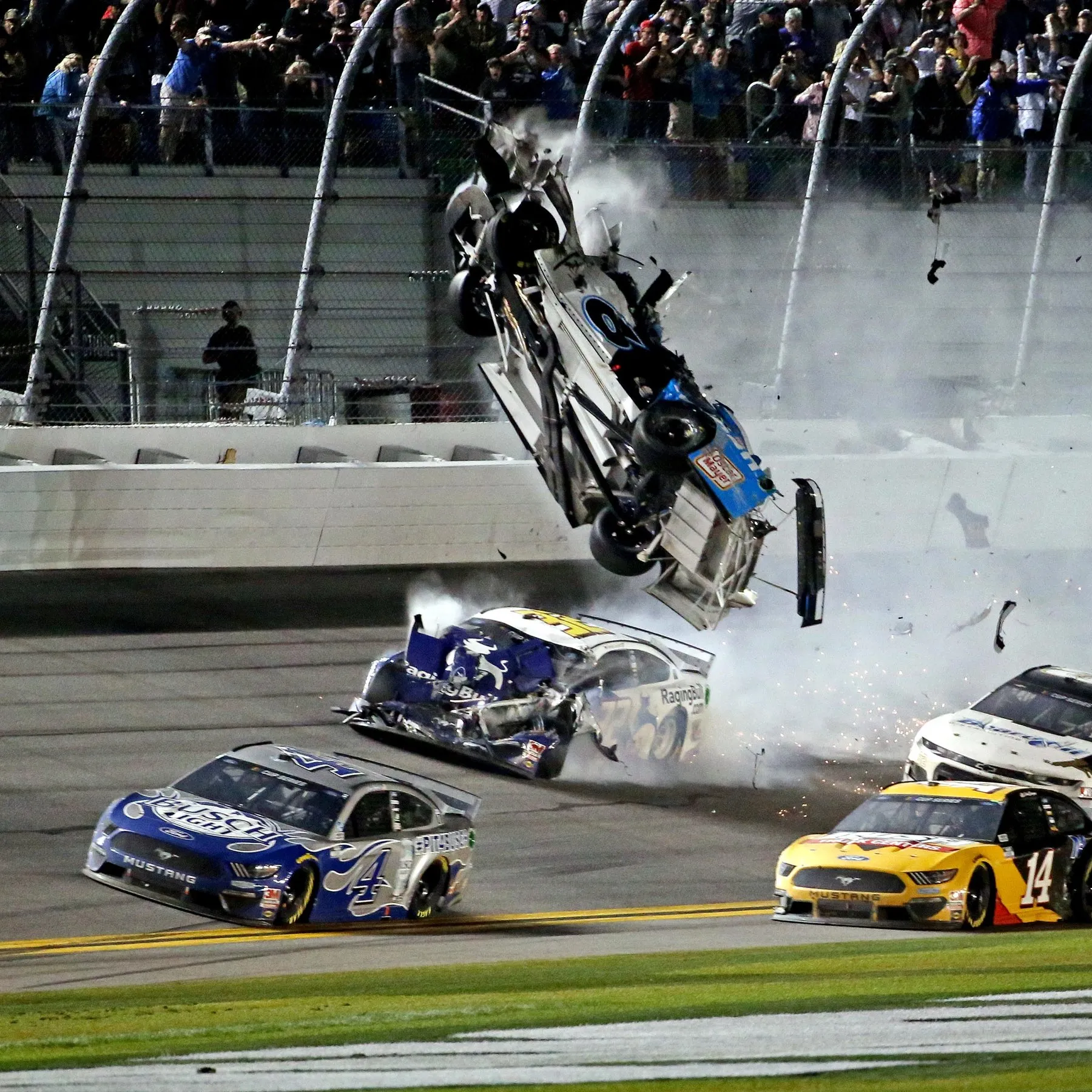
Kyle Busch’s Reaction: Blaming Joey Logano
In the immediate aftermath of the crash, Kyle Busch didn’t mince words when it came to assigning blame. Speaking to reporters, Busch criticized Joey Logano for what he perceived as reckless driving.
“Looked like the fastest car got in a hurry to get to the wreck,” Busch said, referencing Logano’s decision to attempt a risky pass. “We still had 20 laps to go, and he’s trying to go through the middle and make a hole that isn’t there, just creating chaos.”
Busch’s frustration was palpable as he continued, emphasizing the importance of spatial awareness on the track: “You gotta know how wide your race car is to find a hole that it will fit in. And he obviously doesn’t know that.”
This wasn’t the first time Logano’s aggressive style had drawn criticism from fellow drivers, but Busch’s comments added fuel to the ongoing debate about balancing assertive racing with safety and caution, especially at high-stakes events like the Daytona 500.
The Role of NASCAR’s Damaged Vehicle Policy (DVP)
While Busch’s initial anger was directed at Logano, his criticism soon expanded to include NASCAR itself, particularly in relation to the enforcement of its Damaged Vehicle Policy (DVP). This policy, designed to regulate how and when damaged cars can return to the race, played a crucial role in Busch’s early exit from the Daytona 500.
After his car was towed to the garage, Busch’s team quickly set to work making repairs. They replaced all four tires and sent the No. 8 Chevrolet back onto the track under caution. However, Busch soon pitted again for additional repairs, and that’s when things took a turn. NASCAR officials ruled that Busch had failed to meet the minimum speed requirement after the initial repairs, effectively ending his race.
Busch was livid. He argued that the race hadn’t yet gone back to green when he pitted, and he felt he hadn’t been given a fair chance to prove that his car could still compete. Taking to social media, Busch expressed his frustration, writing: “The race never went back to green yet. I don’t think they know their own rules or procedures.”
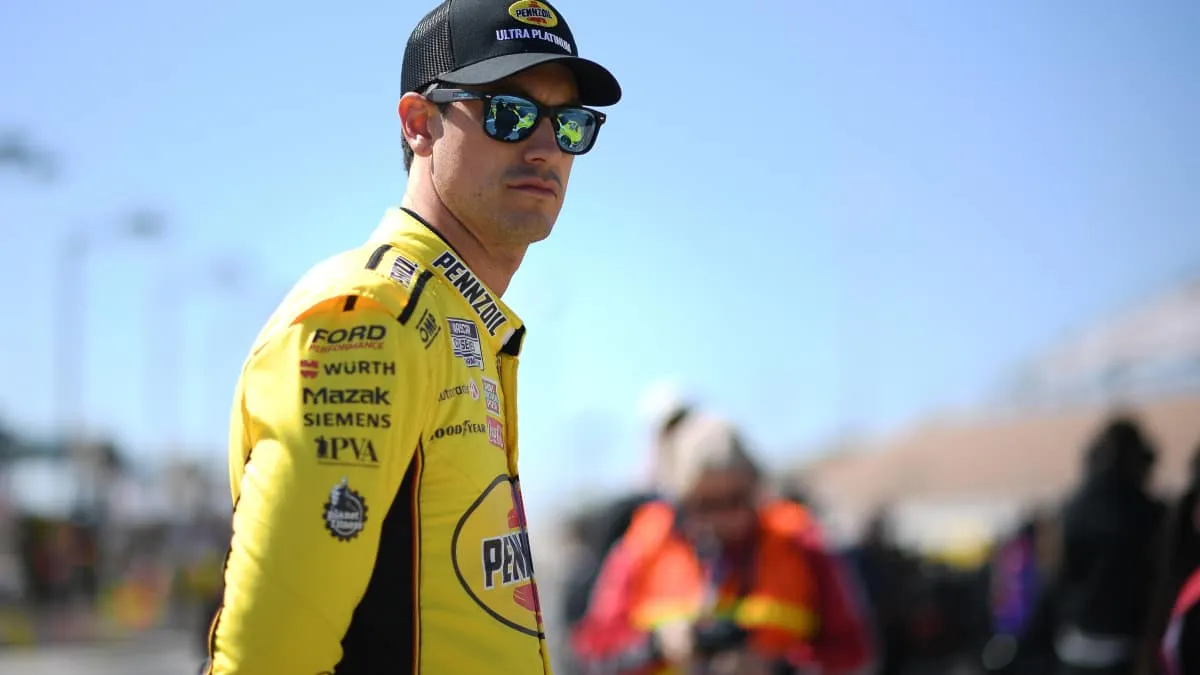
Understanding NASCAR’s Damaged Vehicle Policy
NASCAR’s Damaged Vehicle Policy was introduced with the goal of enhancing safety and ensuring that only roadworthy cars remain on the track. Under the DVP, teams have a limited amount of time to make repairs, and cars must meet minimum speed requirements upon returning to the race.
In Busch’s case, NASCAR officials interpreted the rules to mean that once his car left the garage and re-entered the track, it needed to immediately demonstrate that it could maintain competitive speeds. By pitting again without meeting this criterion, Busch effectively disqualified himself under the DVP.
However, Busch and his team clearly disagreed with this interpretation, believing they had been unfairly penalized and denied the opportunity to fully rejoin the race.
Broader Implications: Aggression vs. Safety on the Track
The incident and its aftermath have reignited broader discussions within the NASCAR community about the balance between aggressive racing and safety. Superspeedways like Daytona are known for their high speeds and close-quarters racing, which can lead to thrilling moments but also increase the likelihood of multi-car wrecks.
Joey Logano’s move, while criticized by Busch, was emblematic of the kind of aggressive racing that often defines the Daytona 500. Logano defended his actions, explaining that he was trying to advance his position and that such maneuvers are sometimes necessary to contend for a win.
From NASCAR’s perspective, enforcing the DVP is part of an ongoing effort to prioritize safety while still allowing teams a fair chance to make repairs and continue racing. However, incidents like Busch’s show that there’s still room for debate and potential refinement of the rules.
Kyle Busch’s Daytona 500 Record: A Source of Frustration
For Kyle Busch, the crash and subsequent disqualification were especially painful given his history at the Daytona 500. Despite a storied NASCAR career that includes 63 Cup Series wins and two championships, Busch has never won the Daytona 500 in 20 attempts. The “Great American Race” has remained elusive, and this latest disappointment only added to his frustration.
Busch’s comments after the race reflected not just anger at the specific incident but also a deeper sense of exasperation at the challenges he’s faced at Daytona over the years.
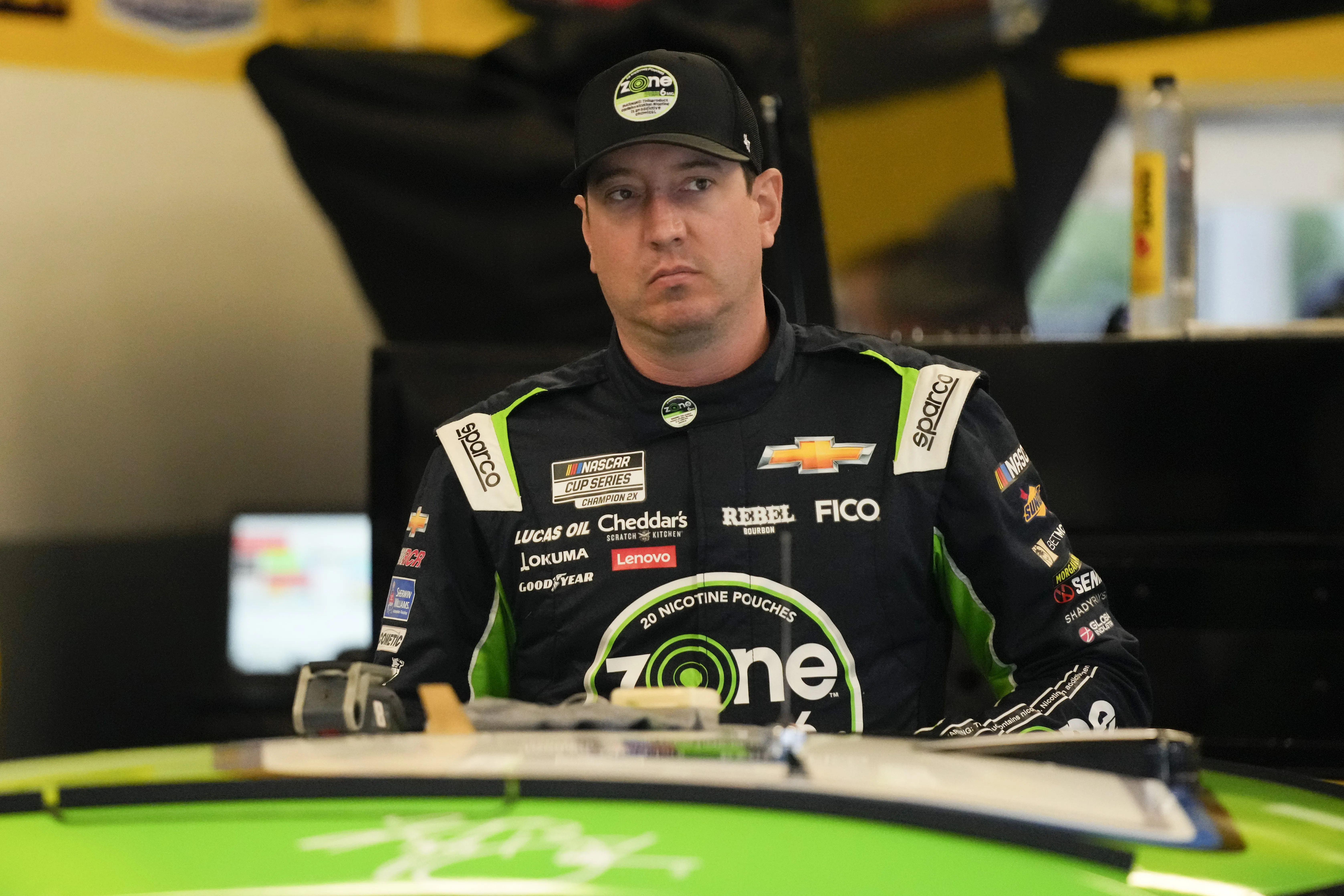
Looking Ahead: Lessons and Reflections
As the NASCAR season continues, the fallout from the Daytona 500 crash will likely linger, both for Kyle Busch and for NASCAR as a whole. For Busch, the incident may serve as motivation as he continues his pursuit of that elusive Daytona 500 victory. For NASCAR, it’s an opportunity to reflect on the enforcement of the DVP and whether any adjustments are needed to improve clarity and fairness.
Ultimately, the Daytona 500 is known for its unpredictability, and this year’s race was no exception. Whether it’s aggressive moves, split-second decisions, or controversial rulings, the race continues to captivate fans and challenge drivers, making it one of the most compelling events in all of motorsports.
Conclusion: The Highs and Lows of NASCAR Racing
The 2025 Daytona 500 exemplified the highs and lows that define NASCAR racing. For Kyle Busch, it was a day of frustration and disappointment, marked by a crash and a controversial ruling that ended his race early. For Joey Logano, it was another chapter in his ongoing quest to balance aggression with caution on the track.
As NASCAR moves forward, the lessons learned from this incident will undoubtedly shape future races, ensuring that the sport remains both thrilling and safe for all who participate. Whether fans agree with Busch’s criticisms or side with NASCAR’s enforcement of the rules, one thing is clear: the Daytona 500 continues to deliver the drama, excitement, and unpredictability that make it a must-watch event year after year.



